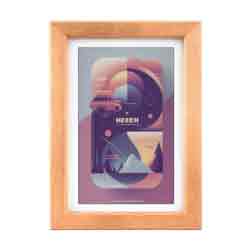- sales/support
Google Chat: zj734465502@gmail.com
- sales
+86-0755-88291180
- sales01
sales@spotpear.com
- sales02
dragon_manager@163.com
- support
tech-support@spotpear.com
- CEO-Complaints
zhoujie@spotpear.com
- sales/support
WhatsApp:13246739196
PhotoPainter User Guide
Resource
Document
Demo
Related Document
Development Resource
Specification
Display Size 160.0mm × 96.0mm Outline Dimensions 154.0mm × 214.0mm × 32.0mm Pixel Pitch 0.2mm × 0.2mm Resolution 800 × 480 Display Color Black, White, Green, Blue, Red, Yellow, Orange Greyscale 2 Refresh Time 31s Sleep Current < 0.01uA (almost 0) Charging/Operating Voltage 5V
- Refresh time: refresh time is the experimental test data, the actual refresh time will have errors, subject to the actual effect. The global refresh process will have a flickering effect, this is a normal phenomenon.
User Guide
Function Introduction
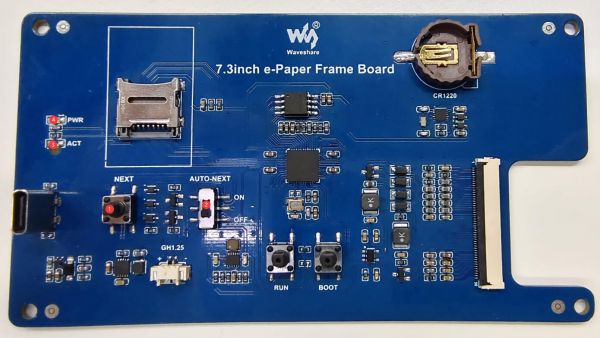
- NEXT button: this button is for switching pictures, and the screen switches to the next picture after pressing it. Please note that if the name or the total number of the pictures on the memory card changes, it will re-create the new index and play from the first picture.
- AUTO-NEXT switch: this switch is for switching the operating mode of the PhotoPainter, the default setting is "OFF" and the RTC signal will not be processed. If you want to switch to the AUTO mode, you can turn it to "ON". In AUTO mode, the RTC signal triggers the picture switching. The trigger interval can be modified in the program and is 12 hours by default. Please note that the NEXT button is still active in AUTO mode.
- ACT indicator: each time before refreshing, it will flash three times if the self-test is normal; it will flash rapidly when reading or writing to a memory card.
- PWR indicator: each time before refreshing, the self-test will flash five times if the power is low; it will light up during lithium battery charging and turn off after being fully charged.
Quick Start
- Firstly, you need to prepare the picture to display. The PhotoPainter only supports images in 24-bit BMP format, and the resolution must be either 480*800 or 800*480. Please refer to the next section for #Picture Production. In addition, here are some sample images that show good results. Click here to download.
- Then, please prepare a memory card in FAT32 format, and create a "pic" file folder in the root directory of the memory card. Put the picture to display in it. (Note that the length of the file name is less than 100 characters and the file number is less than 100.)
- Next, insert the memory card into PhotoPainter, and note that the power supply should be cut off. (except the RTC button cells.)
- Finally, power on the PhotoPainter, you can choose the 5V Type-C USB interface or the 4.2V Lithium battery to power on. Note: If you want to use the AUTO mode, you can install the button cells on the RTC chip or use a USB interface to power on.
Picture Production
- To create a scatter plot using tools such as PS, please refer to: E-Paper Floyd-Steinberg
- Convert images using tools we have written, application, and source code for: 7 Colors Dithering Pictures Convertor
- The program converts images to the right resolution and optimizes them with the dithering algorithm, supports most formats, recognizes the orientation of images, and automatically stretches and crops them.
- How to use: directly drag the picture to "convert.exe" for single picture conversion, or you can put all the pictures in the file folder and double click "converterTo7color_all.cmd" to convert in batch.
- Note: this open-source demo is only for users to develop, and we do not provide technical support for it.
Windows Tools
- Convert one single image: just drag the picture to convert.exe.
- Batch Convert Images: put the image, convert.exe, converterTo7color_all.cmd in a folder, then double click on converterTo7color_all.cmd.
Mac Tools
Put images, convert, converterTo7color_all in a folder.
Open a terminal and go to the corresponding folder:
cd xxxx/xxx/xxx/
- Convert one single picture:
Enter the command to give "convert" executable permission:
sudo chmod +x convert
- Convert pictures:
./convert picture name
Convert the picture in batches.
You have to grant permission to the convert file first.
Enter the command to grant executable permissions to convertTo7color_all.sh.
sudo chmod +x converterTo7color_all.sh
Convert pictures:
./converterTo7color_all.sh
Development Description
- Note: This program is open source and does not come with technical support (bugs are welcome to be reported).
- The program is written based on the C++ SDK of Rpi Pico and compiled using CMAKE. It is theoretically supported on multiple platforms, and related environments should be set up by users themselves.
Firmware Description
- The firmware changes the picture every 12 hours, and we provide 6-hour and 24-hour versions.
- The programming method is shown below:
- Press RUN, then press BOOT, then release RUN, then release BOOT, the computer will pop up a USB flash drive, drag the UF2 file into it.
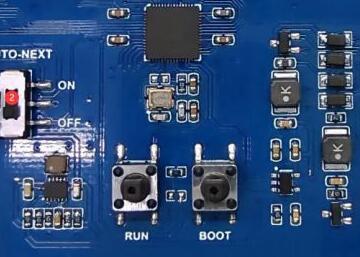
Timing Time Modification
- Directly change the alarmTime structure in main.c.
- Modify the location as shown in the figure, the figure indicates that every 24 hours to refresh, if you have other needs, you can modify the structure of the other parameters.
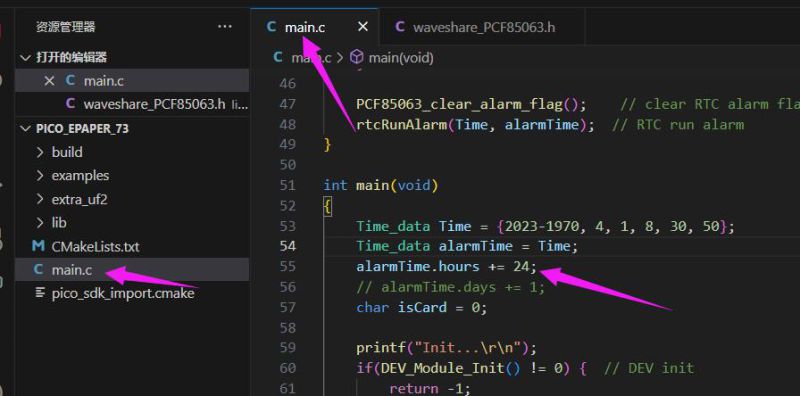
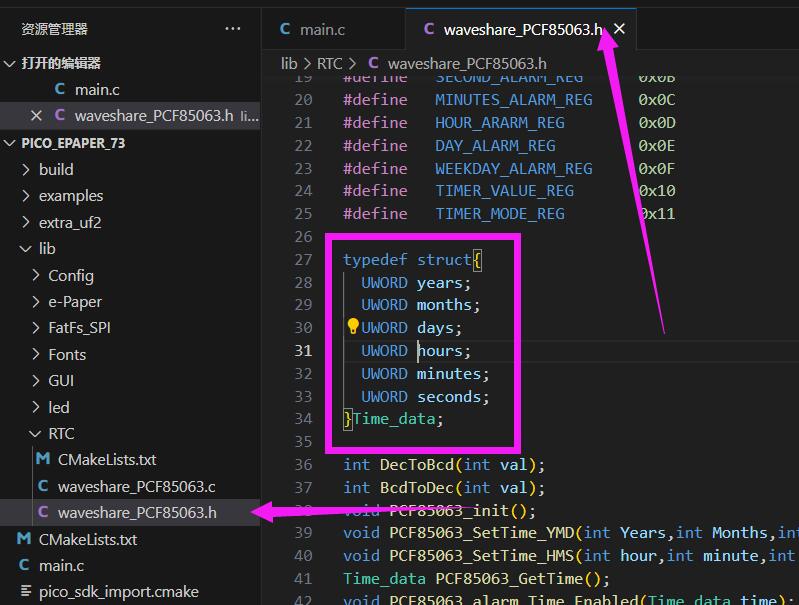
Firmware Function Introduction
Mode Selection
- Mode 0: Automatically get the name and sort the images in the pic folder.
- Mode 1: Automatically get the name in the pic folder but sort the images.
- Mode 2: Instead of automatically getting the names of the pictures in the pic folder, you need to create a fileList.txt file in the root directory of the TF card and write the names of the pictures in it.
Clock Selection
The next timer will not start until the screen is refreshed.
rtc_15_minutes.uf2: Refresh once every 15 minutes.
rtc_30_minutes.uf2: Refresh once every 30 minutes.
rtc_1_hours.uf2: Refresh once every hour.
rtc_2_hours.uf2: Refresh once every 2 hours.
rtc_4_hours.uf2: Refreshed once every 4 hours.
rtc_6_hours.uf2: Refreshed once every 6 hours.
rtc_8_hours.uf2: Refresh once every 8 hours.
rtc_10_hours.uf2: Refresh once every 10 hours.
rtc_12_hours.uf2: Refreshed once every 12 hours.
rtc_24_hours.uf2: Refresh once every 24 hours.
FAQ
Question:After making an SD card on MAC, the NEXT button fails to work after refreshing the picture, and it also fails to refresh automatically.
The issue is that when copying images or folders on a Mac, hidden files are generated, which our program also reads, causing the program to stuck. The solution is to delete these hidden files, as well as the fileList.txt and index.txt files in the root directory of the TF card.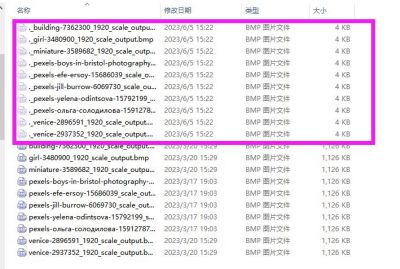
Question:How can I update the firmware?

Question:How to remove and install the TF card?
1. For safety purposes, it is recommended to disconnect the USB and remove the battery. Switch the device to the OFF position before performing any replacements.
2. If you prefer not to remove the back cover, ensure that the USB is disconnected and the device is switched OFF. Additionally, make sure the screen is not in a refreshing state before proceeding with the replacement.
Note: This operation carries a certain level of risk and there is a probability of damaging the TF card. However, the probability of damage is very low.






